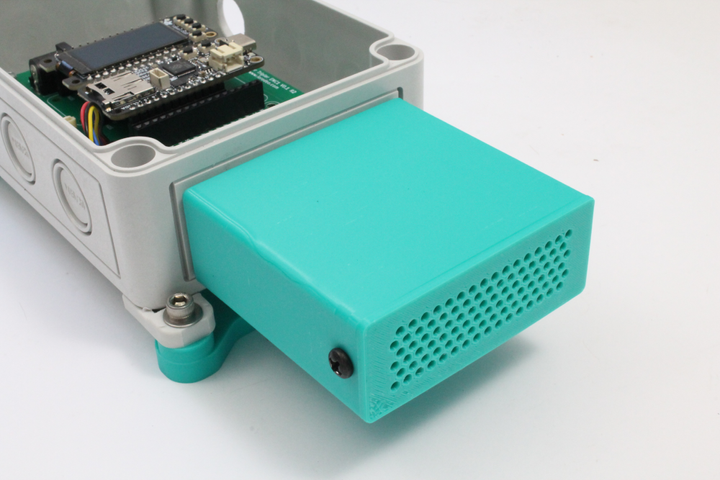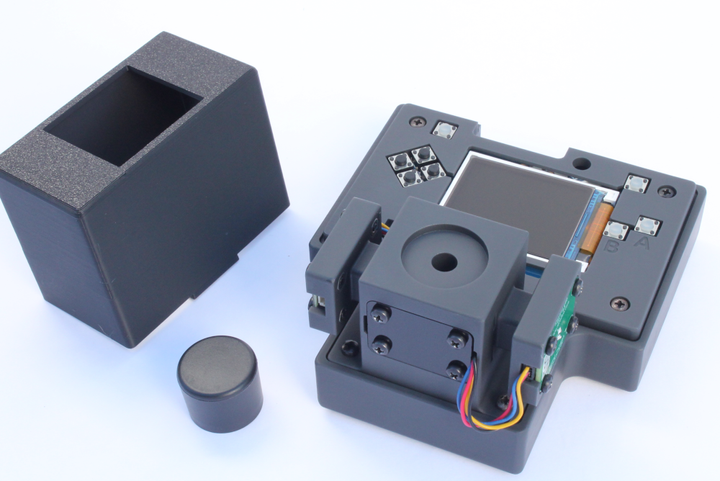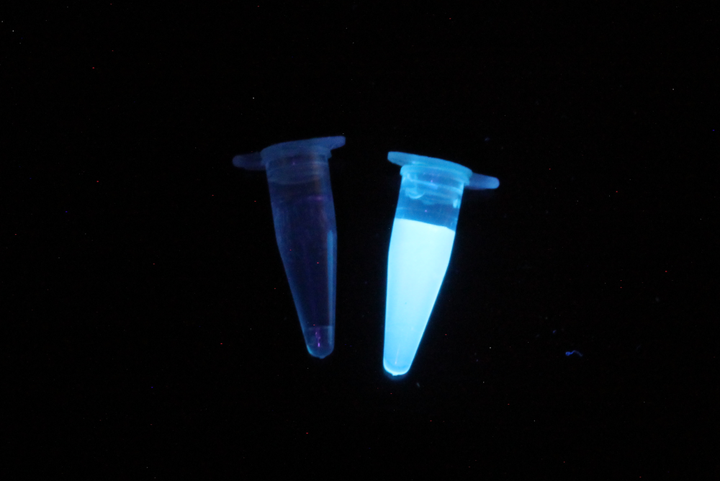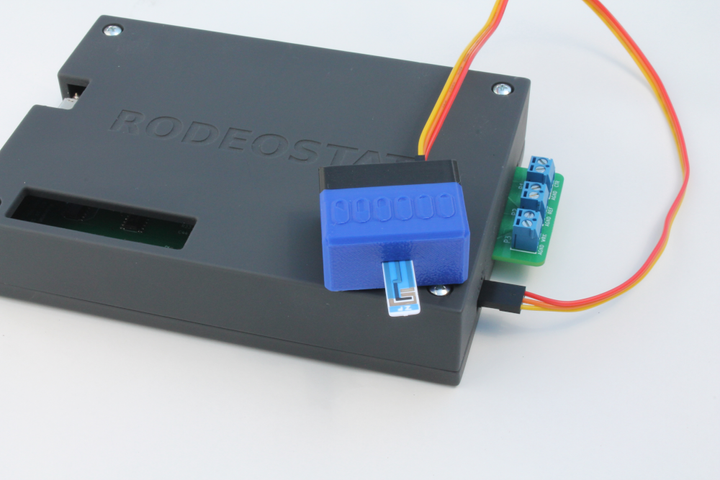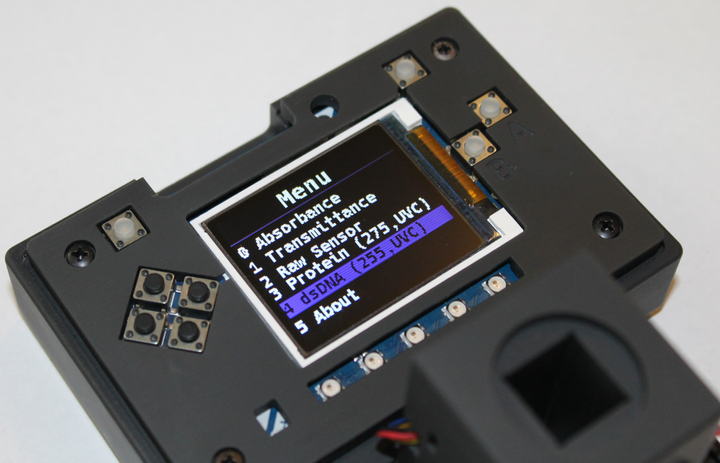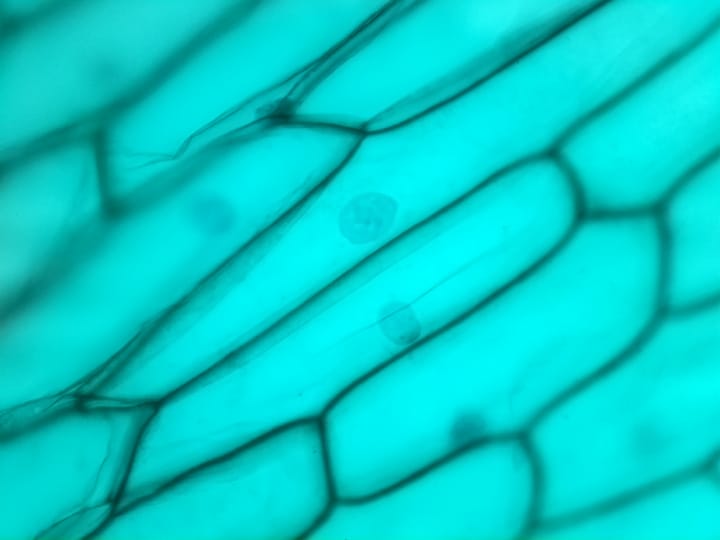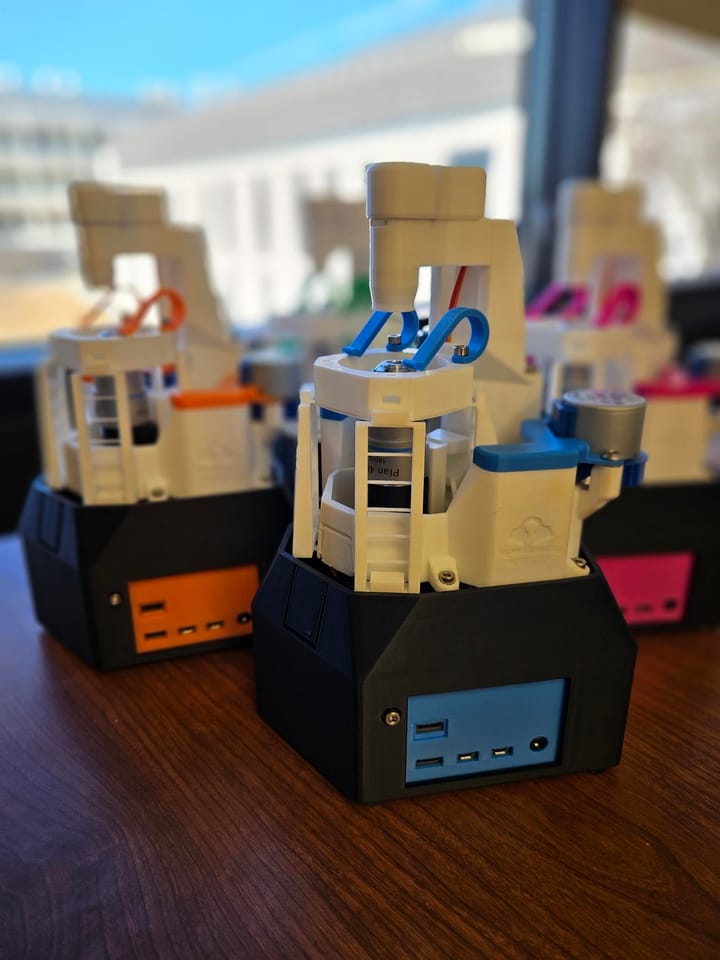
Sales of OpenFlexure Microscope Kits to support new Humanitarian Technology Trust charity
This week Julian Stirling (OpenFlexure Team) and colleagues announced the launch of the Humanitarian Technology Trust. The charity will support open hardware technologies that benefit humanity - starting with the OpenFlexure Microscope.


